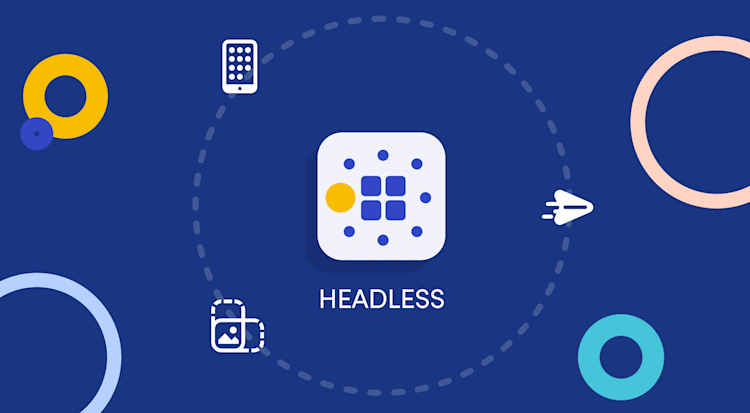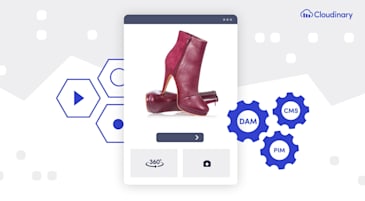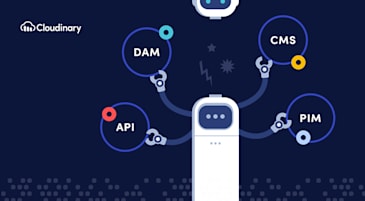A headless architecture is one that decouples the front-end user interface from the back end so that enterprises can leverage best-of-breed solutions as API-connected microservices. Here’s an analogy: You can buy a cake made with ingredients of the baker’s choice or buy the ingredients that you desire and bake the cake yourself. The advantage of a ready-made cake is its proven taste, let alone no time or labor on your part. However, baking the cake yourself accords you options since you can choose the ingredients at will.
A headless approach is similar. By hand-picking the back-end apps as you desire, you’re free to customize the final product, that is, what you ultimately deliver to users.
“Going headless” allows brands to create multiple front-end experiences tailored for different customer touch points, such as websites, mobiles, TVs, and any device with a screen and internet connection. This true omnichannel support ensures a seamless user experience across various platforms.
WP Engine reported last May that by May this year, nearly 90% of enterprises will look into headless architectures—a 12% jump from 2019, which speaks to just how “hot” headless is.
This blog post explains why headless is a boon for enterprises.
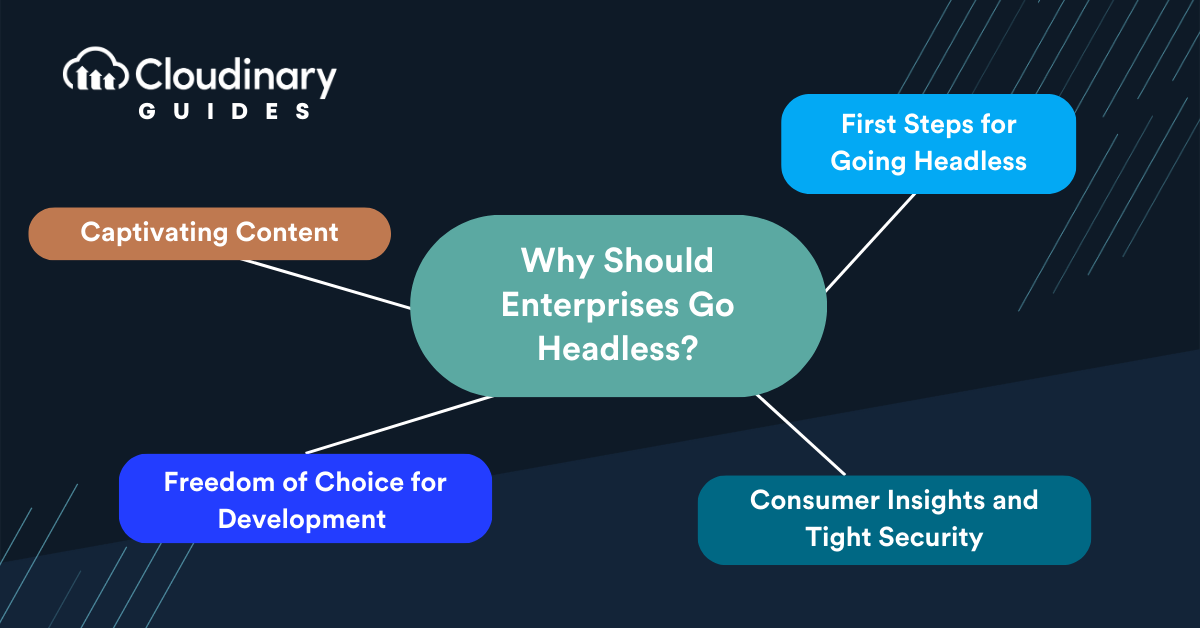
By going headless, you can choose the exact microservices you want. Specifically:
- With, say, both your content management system (CMS) and digital asset management (DAM) solution being headless, you can leverage best-of-breed visual-media capabilities to beef up your e-commerce site’s images and videos.
- You can decouple the workflows for managing and delivering assets through a headless DAM.
- You’re not locked into a default presentation layer. As a result, you can dynamically, efficiently, and more frequently update your site (instead of weekly, as is the tradition) in tune with the latest UX/UI trends.
- Additionally, the headless approach eliminates the dependency on a single solution with limited capabilities. This means faster and easier deployment, changes, iterations, and strategy modifications. By choosing the best building blocks, enterprises can create a custom solution tailored to their needs, ensuring flexibility, speed, and scalability.
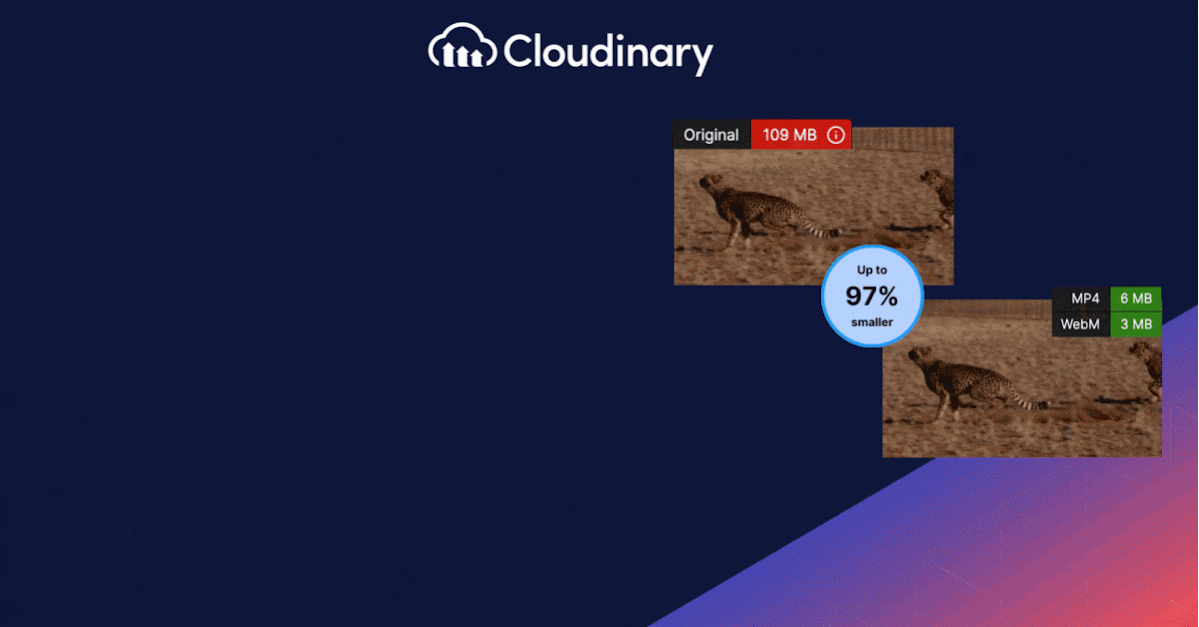
Through a headless architecture, you and your agency partners can focus on creating engaging e-commerce sites that foster sales and brand awareness without being beholden to an all-in-one vendor.
In particular, you can deliver video much faster, which is a huge plus given the growing popularity of video. A 2017 study revealed that videos on landing pages can increase conversion rates by over 80% and that 90% of shoppers agreed that videos help them make purchase decisions.
Being free to pick and choose microservices also means that you can better identify and act on the consumer feedback they generated, such as by adding site features in response to suggestions.
On top of that, since microservices communicate with one another through APIs, a security breach into one doesn’t necessarily bring down the entire site. Consequently, cybersecurity professionals can more readily isolate the would-be attacker to a single point of entry and eliminate security threats.
With a headless approach, enterprises can keep their backend infrastructure private, adding an extra layer of security and control over their data and operations.
Given the time and resources required for revamping IT architectures, going headless might sound daunting. However, the long-term benefits you stand to gain far outweigh the implementation hurdles. So, do take a closer look.
For details on headless as a component of a MACH ecosystem, see these related posts:
